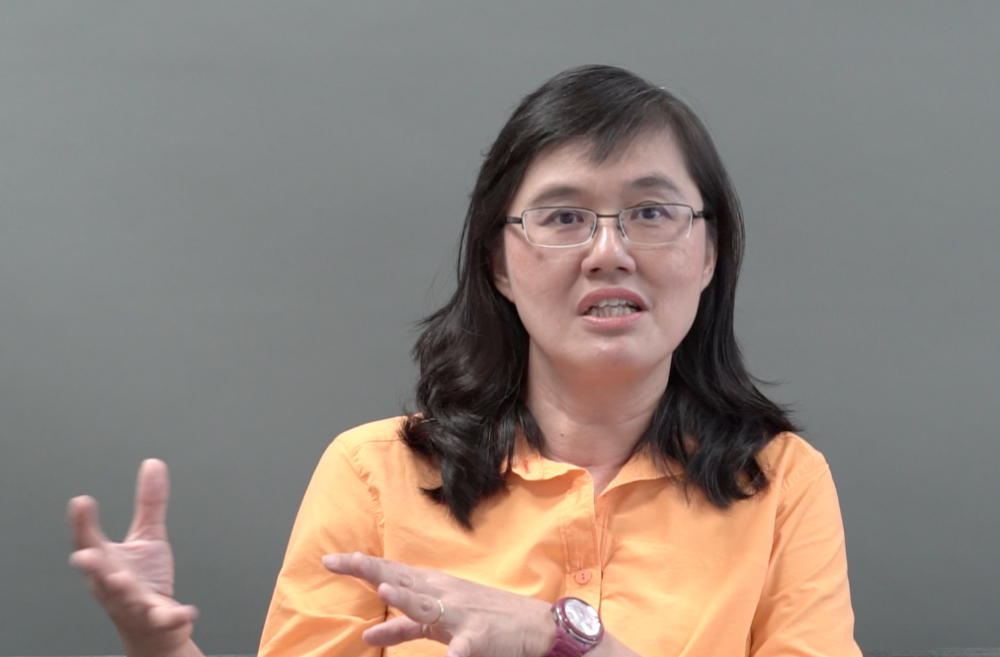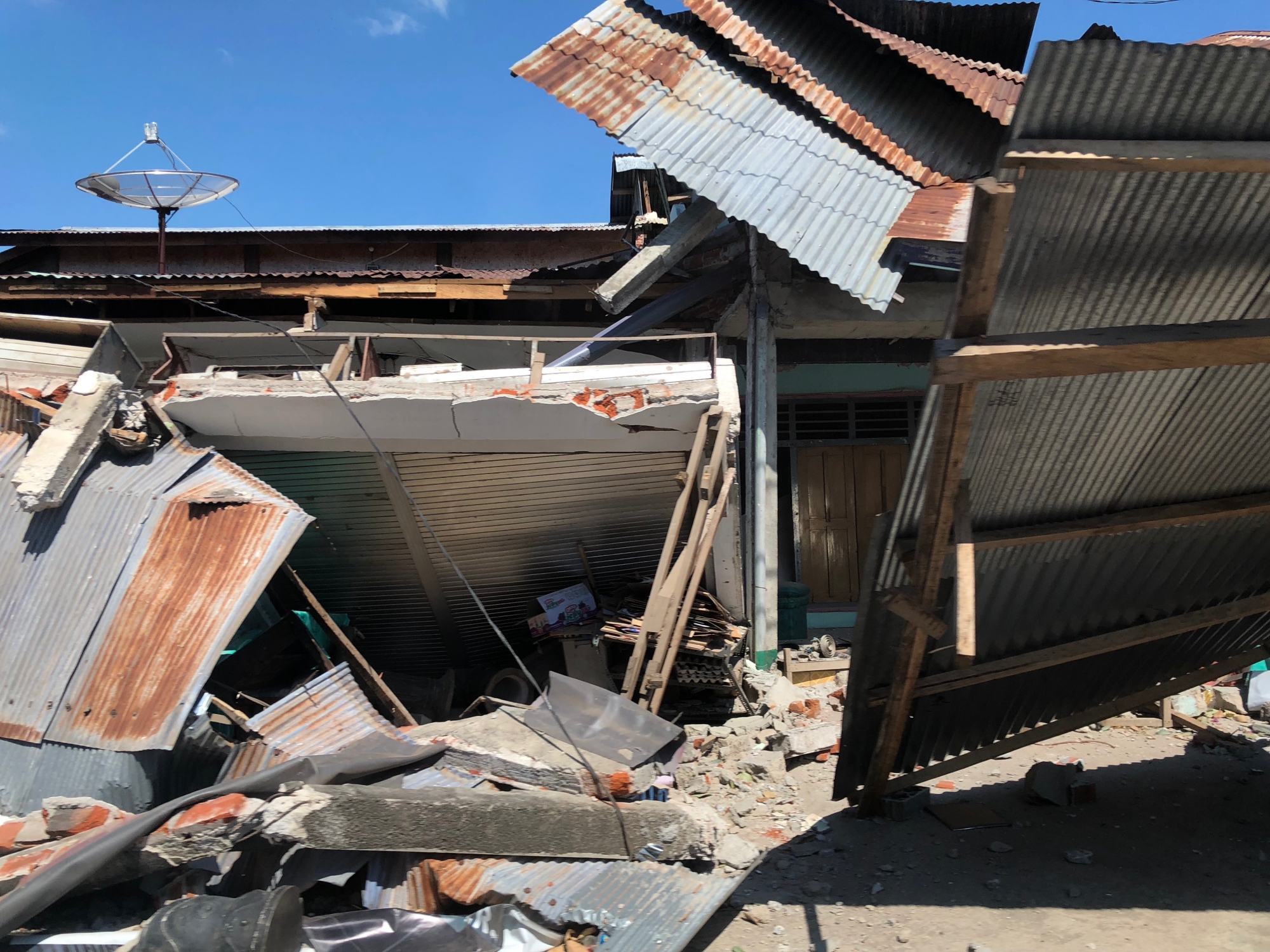
On Sunday (29 July 2018), I learnt about the strong 6.4-magnitude (M) earthquake in Lombok, Indonesia. As we have friends living there, I wanted to visit to see what aid we could organise for the people there. So my husband and I went to Lombok with some friends, and we linked up with other humanitarian aid groups to visit the Sembalun area, which is about 1,000 metres above sea level, at the foothills of Mount Rinjani, one of the most scenic volcanoes in the world.
At about 6.46 pm the following Sunday (5 August 2018), just as we had finished a meeting to prioritise the relief needs, an earthquake suddenly occurred. It was my first time experiencing a quake, and it really shook the foundations of what I knew about them.
I realised I had many misconceptions about earthquakes. I thought that an earthquake is a very rare geological incident that would be followed by aftershocks of lower magnitudes. Well, that very night, I discovered that the earlier M 6.4 quake was a foreshock, and that the M 6.9 was the real thing!
When the tremors and loud rattling started, I immediately dove under the table and asked my friends to do the same. Later I found out that most of my friends had run out of the building instead. Reflecting on this, I realised that if the building material was very flimsy, it would have been safer to make a dash for open space than to lie under a table. Thankfully, no one in our building got hurt.
A blackout took place almost as soon as the quake started, and the tremors lasted about 10 seconds. When they stopped, I got out into the open ground and immediately searched the internet on my mobile device for information about the quake.
From the USGS website, I learnt that the epicentre was near the coast, about 20 km northeast of us. Initially, USGS had reported the quake as being 7.0 in magnitude, and it dawned on me that this was a very serious event. It was more than twice as damaging as the earlier earthquake, and we had witnessed for ourselves the damage it had caused in the villages.
The guest-house owner’s wife, who had gone into shock, was inconsolable because she could not find her grandchild. To calm her down, I went into the kitchen to get her a glass of water. However, I was very afraid of re-entering the building out of fear that the earth could shake again and that I could be trapped inside. Fortunately, that did not happen and eventually, someone brought the child to the grief-stricken woman.
That night, I slept in a sleeping bag on a tarpaulin facing the night sky. Several of us had given away our tents to others in the group and we were too afraid to sleep inside the guest-house anyway. The night sky was incredibly beautiful. We texted our children to tell them how much we appreciated them. Twice that night, we could feel aftershocks rumbling beneath us.
At daybreak, we began making our way back to the city. I was rather anxious to find out if there were threats of tsunamis or landslides as the road up to Sembalun involved driving through a coastal stretch and over a ravine. We had heard that the main road was still passable, although there were rumours that a small tsunami had stuck a small part of the coast. On the journey back we noticed that many buildings were damaged, some were even flattened. A roadside shop we had bought lunch from earlier was completely devastated by the second quake.

This has been a most invaluable lesson in terms of learning more about the nature of earthquakes, the importance of earthquake monitoring, and what humans can do in the wake of earthquakes to minimise death and disease. Access to clean water and counselling programmes to heal trauma among the people, particularly the children, are of prime importance in terms of immediate needs. Further along, ways to rebuild homes and other infrastructure that can withstand earthquake tremors will definitely need more human ingenuity and investment. In addition, government agencies should work together to ensure that early-warning systems can reach remote villages, by leveraging on the internet and existing village networks.
I am heartened to learn from Dr Wang Xin, a Research Fellow at the Earth Observatory of Singapore, that much cutting-edge work is being done in collaboration between scientists and governments to develop early-warning systems for earthquakes so that people can make better life-saving decisions in the future.

As individuals, we should try to be aware of where the nearest tsunami evacuation zones are whenever we visit a coastal place in a tectonically-active area. We should also keep a fully charged phone close to us at all times in order to get the latest accurate information.
I suppose it is inevitable that people will congregate in tectonically-active areas as they are also rich in natural resources. But what we can do is educate the people better and innovate in terms of building structures and materials so that people can continue to co-exist with nature as harmoniously as possible.